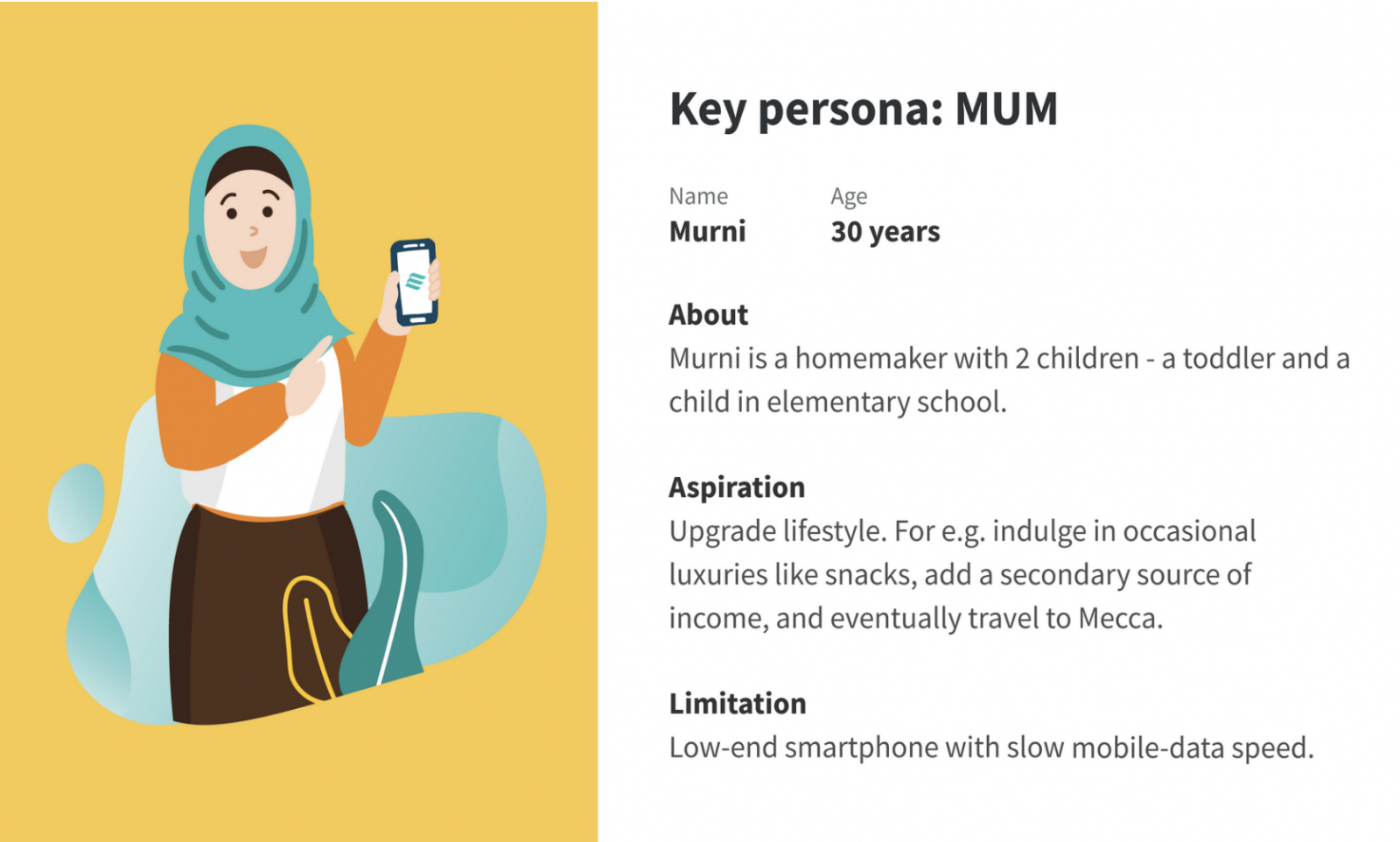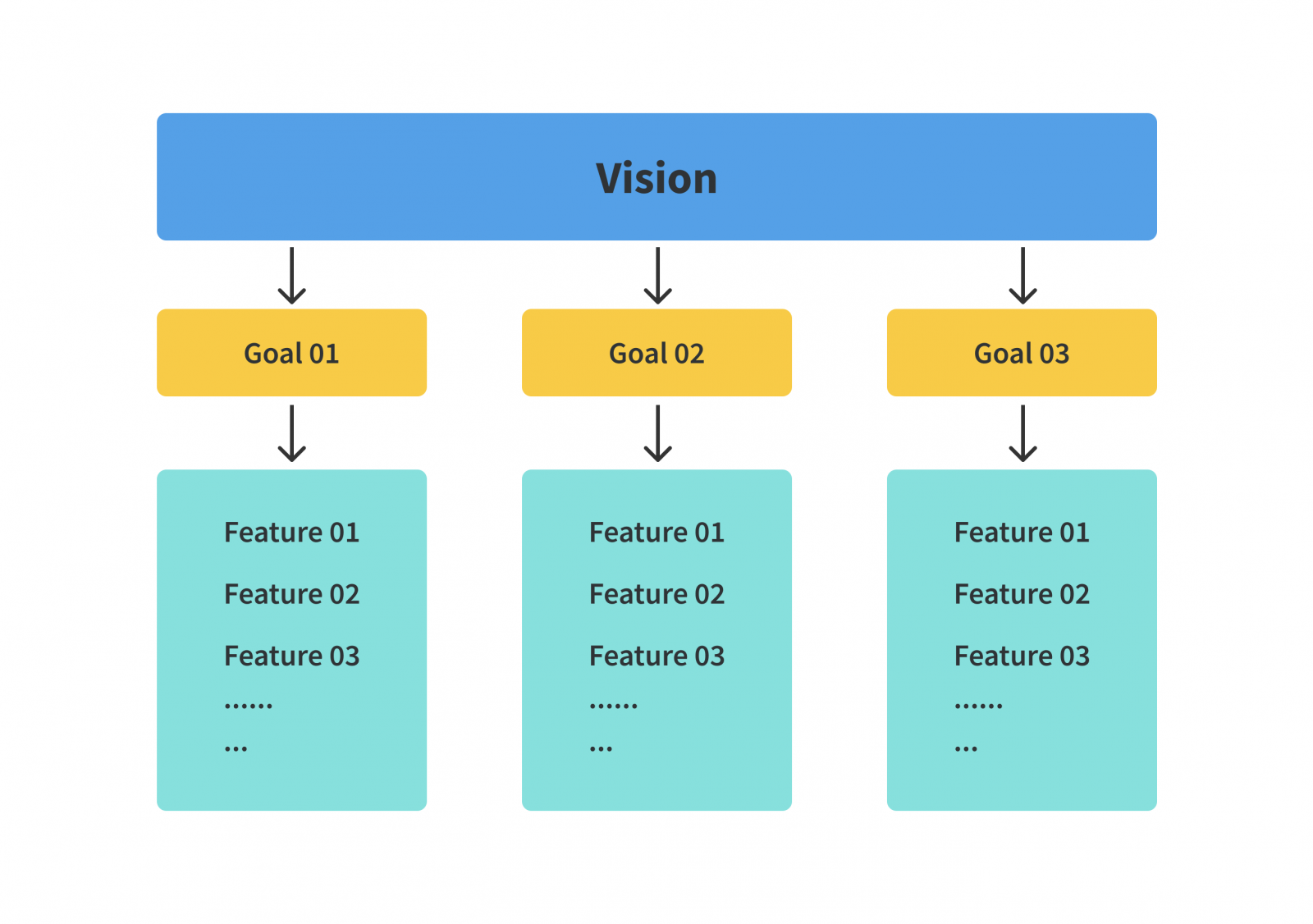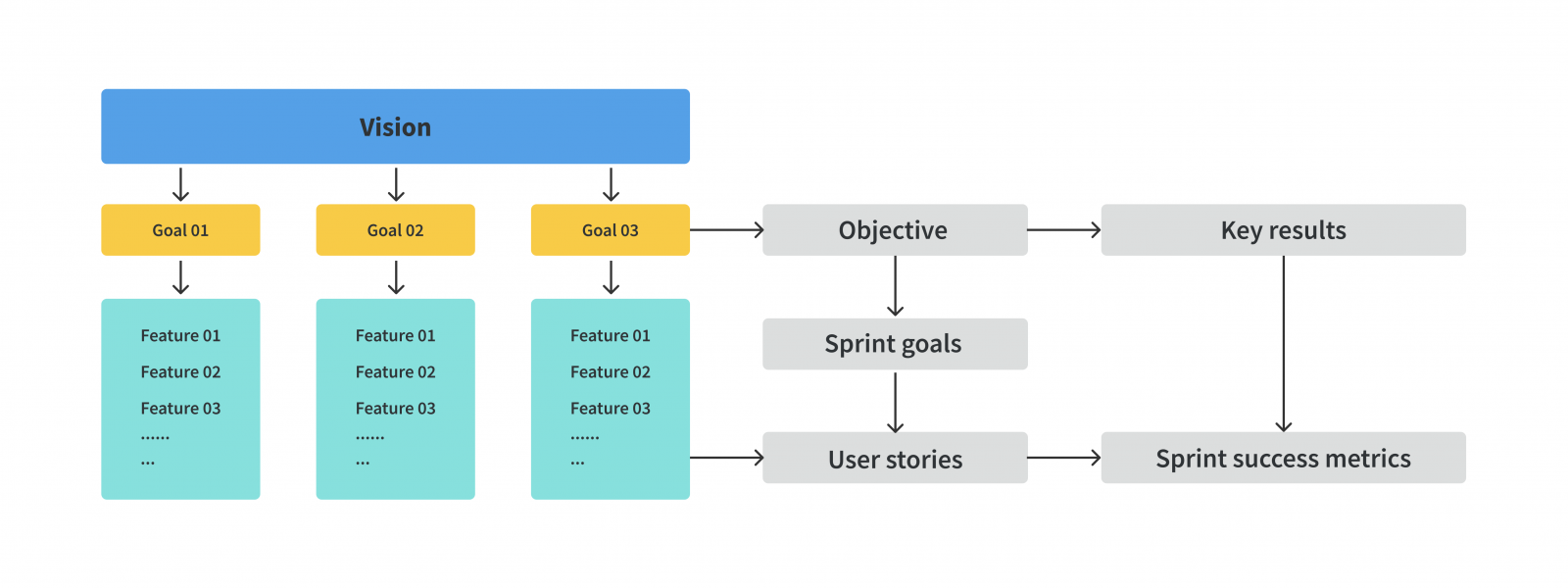Product innovation
Market research for digital products - how much is enough?







Disclaimer: The statements and opinions expressed in this article are those of the author(s) and do not necessarily reflect the positions of Thoughtworks.
